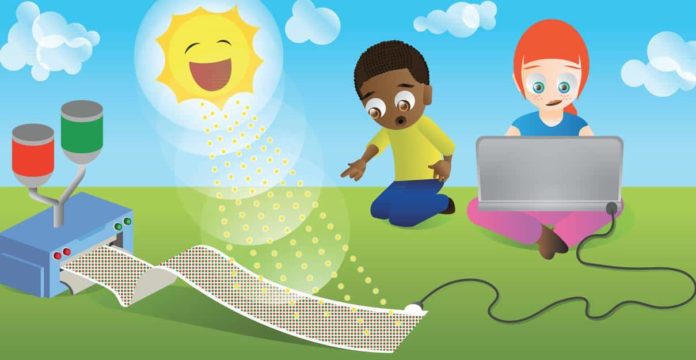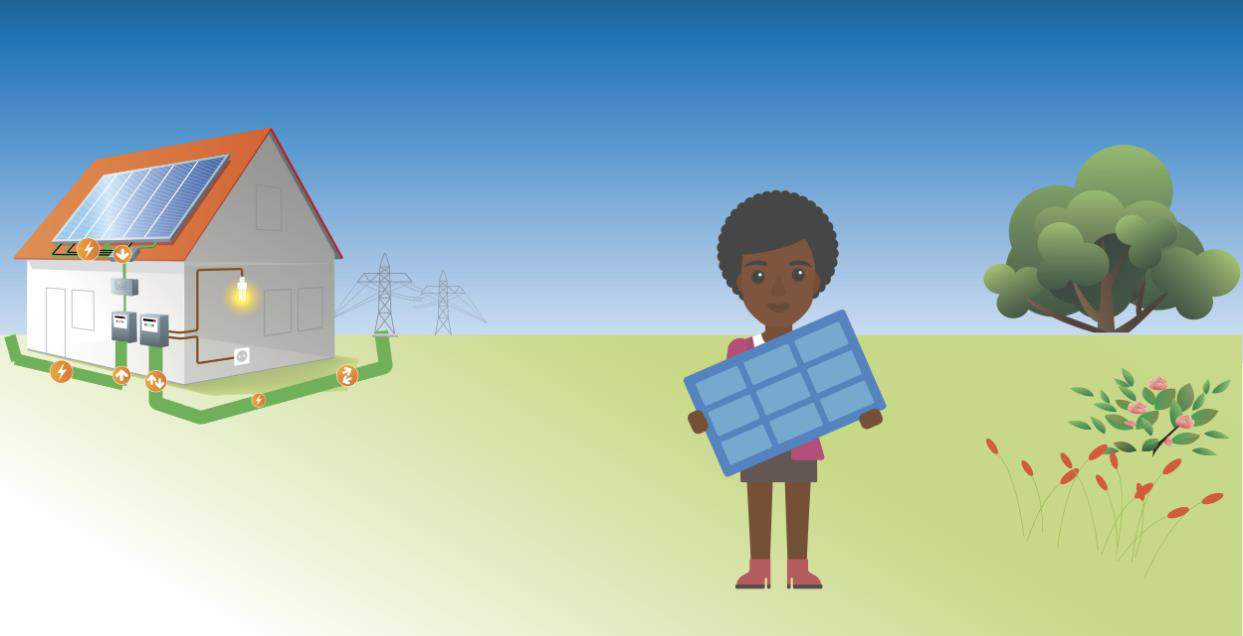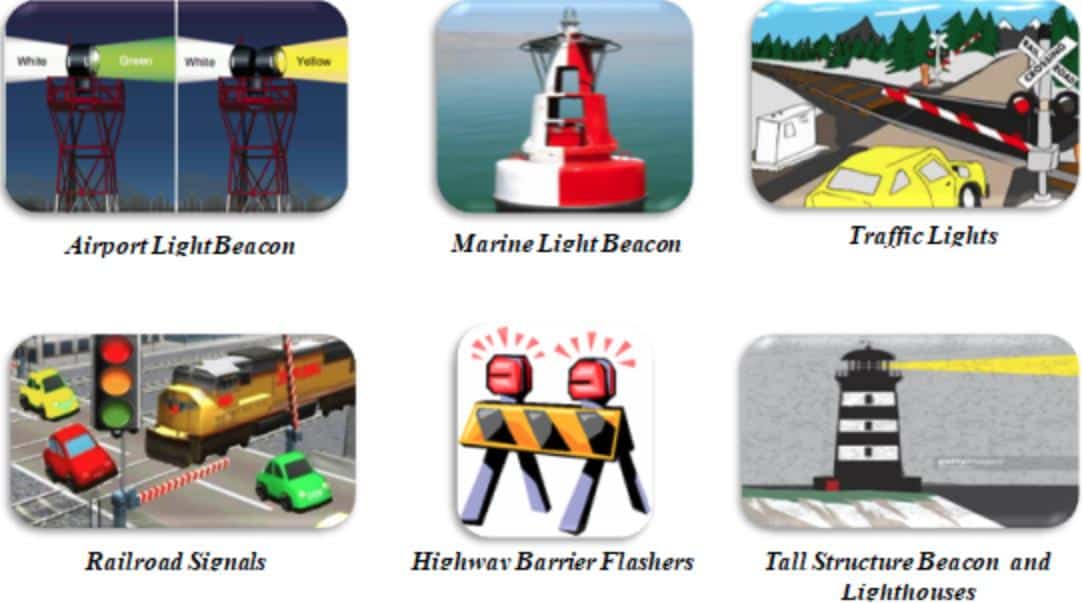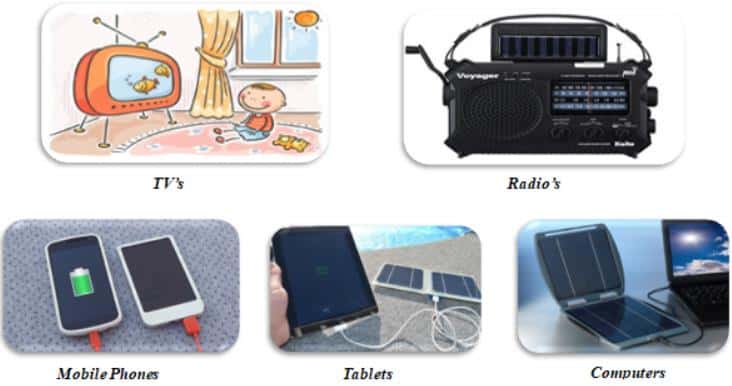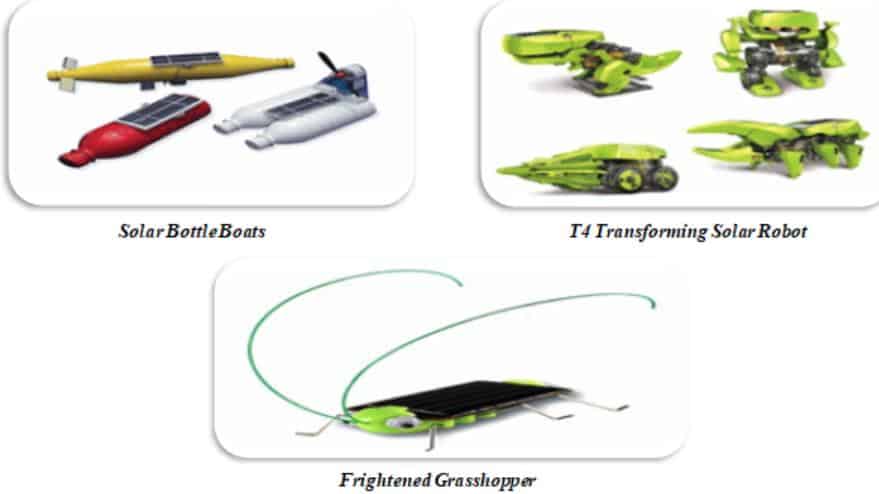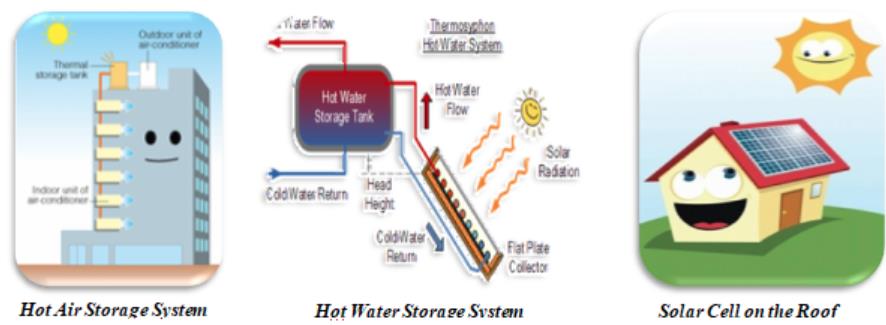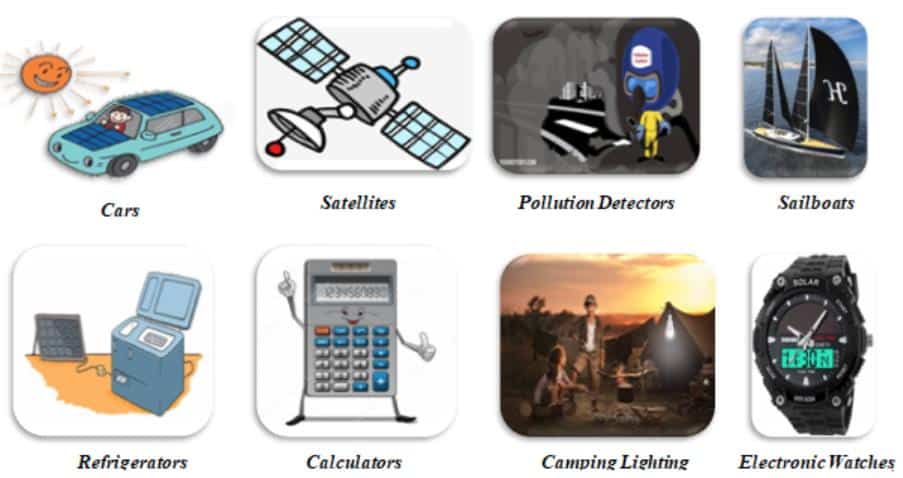Hey there! Today’s topic is one of new and also fantastic technological developments ; Solar Cells! Today, we are going to learn a couple of information about solar cells including what a solar cell is and why we should use them in daily life. It may be a bit difficult to understand for you at first but do not worry about that. I will explain them in an easy way by giving you some daily application examples. So, let’s start to learn the facts about solar cells!
Firstly, let’s find out what a solar cell is. A solar cell (also called as Photovoltaics) is a device which converts the sunlight energy into the electricity, directly. Can you imagine that? Solar cells use sunlight coming from sun and thus can produce electricity that we use in every area in daily life. It sounds great, right? We found out basically what a solar cell is. So now, let’s look at the purposes of using solar cells and why we should use them instead of other electricity production techniques.
In these days, the use of solar cells is highly essential to prevent air pollution in our world. Because when fossil fuel sources, such as coal, oil, or gases, are burnt to create energy, as a result of it, air pollution occurs. It means that we need a new and different energy source now. And this new energy source should not be limited in the world and should not create air pollution like fossil fuels. This unlimited energy source is the sun, of course. If the sun is used as energy source instead of other fuels, such as coal, oil, and gas, it makes our world much cleaner and does not create air pollution.
So we can say that the aim in solar energy and solar cells is to prevent air pollution. (By the way, the same purpose is valid for wind turbines and hydroelectric power plants.) So, none of us wish our world to be polluted, right? One another important aim is to save money, actually. Because other electricity production techniques have also high cost processes. For these reasons, we prefer to choose solar cells to produce electricity. And that is why the solar energy and solar cells should be widely used in daily life. Now, let’s find out the application areas of solar cells and make it clearer!
In Warning Lights
Solar cells can be used in warning light technology. For example airport light beacon and marine light beacon use solar cells to produce electricity from the sun to find the way for planes, ships or boats to move. Some examples can be listed as; airport light beacon, marine light beacon, traffic lights, railroad signals, highway barrier flashers, tall structure beacon and lighthouses. Traffic lights and railroad signals also contain solar cells for the energy to produce light.
In Communication – Electronic Systems
In communication devices, solar cell can be used to produce electricity for the electronic devices to charge them. Some examples of the use of solar cells can be listed as; TV’s, radio’s, phones and computers.
In Toys
Solar cells can be also used in toys to operate them. When the toys are exposed to the sun, the toys start working without any batteries. Some examples of these toys are;
Solar Bottle Boats: Kids can transform the old bottles into solar powered boats and play with toy.
T4 Transforming Solar Robot: Kids can play with this robot which transforms by itself when the toy is exposed to the sun.
Frightened Grasshopper: When the toy is exposed to the sun, the toy shakes and jumps. And it stops moving when the solar panel of the toy is off.
In Hot Water Storage and Thermal Storage Systems
Solar panels are used on tops of houses, buildings and greenhouses. Here, solar cells are used to create hot water and to create hot air by using the sunlight energy. Solar cell transforms the sunlight into hot water and hot air.
The Other Applications
Solar cells can be used in; cars, satellites, pollution detectors, boats, refrigerators, sailboats, portable camera, camping lighting, electronic watches, calculators etc.
For example;
In Cars: When solar cells are used in cars, cars will not need to use fossil fuel anymore. Because these solar cells transforms the sunlight energy into electricity and cars can work. And, cars do not release gas pollution.
In Satellites: Satellite is an object that moves around the world. For example, there is a communication satellite in the space which helps us call our friends with our phones. Solar cells can be placed on the wings of the satellites and thus satellites can produce electricity needed to operate themselves.
In Pollution Detectors: Pollution detectors are used to detect pollution around us. But they need electricity to work. And solar cells help the detectors to work by giving energy to it in sunny days.
In Sailboats: If there is no wind when sailboats are used, they cannot move. But if we use solar cells in sailboats, it can make the engines on, and sailboat can move.
Refrigerators and Calculators: These two can run even in the absence of electricity and batteries.
In Camping Lighting: We can use solar cells in camping in the nights as a camping lighting. When the sun shines, we can use solar cell to save energy, and in the nights, we can use this energy as a light.
In Electronic watches: We can use these watches without using any battery. Because It gets charged by itself in a sunny day.
In Security alarms: Alarms are used to warn us when there is a dangerous situation. But they also need electricity, and solar cells provide electricity for them.
So, we all tried to understand what a solar cell is, why we use them and what areas solar cells are used in. I hope you all have now more ideas about solar cells. If you have any questions, feel free to ask in the comments!
Sources
- Hugerat, M., Iltian, S., Toren, Z., Anabosi, F. “Solar Village – Educational Initiative for Kids”. Journal of Science Education and Technology. 2003, Volume 12, Issue 3, pp 309-315
- Hersch, P., Zweibel, K. Solar Energy Research Institute. Technical Information Office. Golden, CO. 1982.
- “Solar Kits and Projects for Kids”. Solar Power for Kids. Let’s Go Solar.
- “Solar Technology”. Center for Solar Energy Research and Applications. Center of Excellence of Turkey on Solar Energy. Middle East Technical University.

